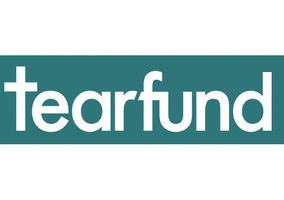Fauna & Flora paid its former chief executive officer almost £400,000 in termination payments last year, according to recently filed accounts.
Accounts for the year ending 31 December 2022 show that the wildlife conservation charity spent a total of £13.3m on staff costs, including £379,000 “relating to termination payments”.
Mark Rose stepped down as CEO of Fauna & Flora in June this year after leading the charity for 30 years.
According to the charity’s accounts, his salary – assuming that he was the highest-paid employee there – was £450,000-£460,000 in 2022 compared with £150,000-£160,000 the previous year.
The charity would not confirm to Civil Society whether the termination payments were made to Rose.
“Fauna & Flora cannot share specific details of confidential matters relating to staff,” a spokesperson said.
Nearly £400,000 in termination payments
The charity’s total income was £33.2m in 2022, a £3.3m decrease on the year prior, while total expenditure increased by £4.8m to £30.4m.
The accounts show that it spent £379,000 on termination payments, up from the £29,600 paid in 2021.
Staff costs, which include wages and salaries, social security and pension costs, totalled £13.3m last year compared with £11m in 2021.
The average number of employees during the year was 505 (2021: 479).
New CEO
Rose was replaced by Kristian Teleki who joined Fauna & Flora from the World Resources Institute where he was global director of the ocean programme.
Chair Liz Rogers wrote in the introduction to the accounts: “For Fauna & Flora, 2022 also marked the end of an era. After an incredible 30 years at the helm, Mark Rose announced that he would be standing down as CEO of Fauna & Flora in June 2023.
“When Mark took over in 1993, the Fauna & Flora Preservation Society – as it was then known – was housed in a basement of the Royal Geographical Society in London, with a handful of staff, a couple of projects and very little money.
“Today, Fauna & Flora is a global force in conservation and one of the most respected organisations in the field, working at over 300 project sites in around 40 countries with over 400 partners.”
Related articles











